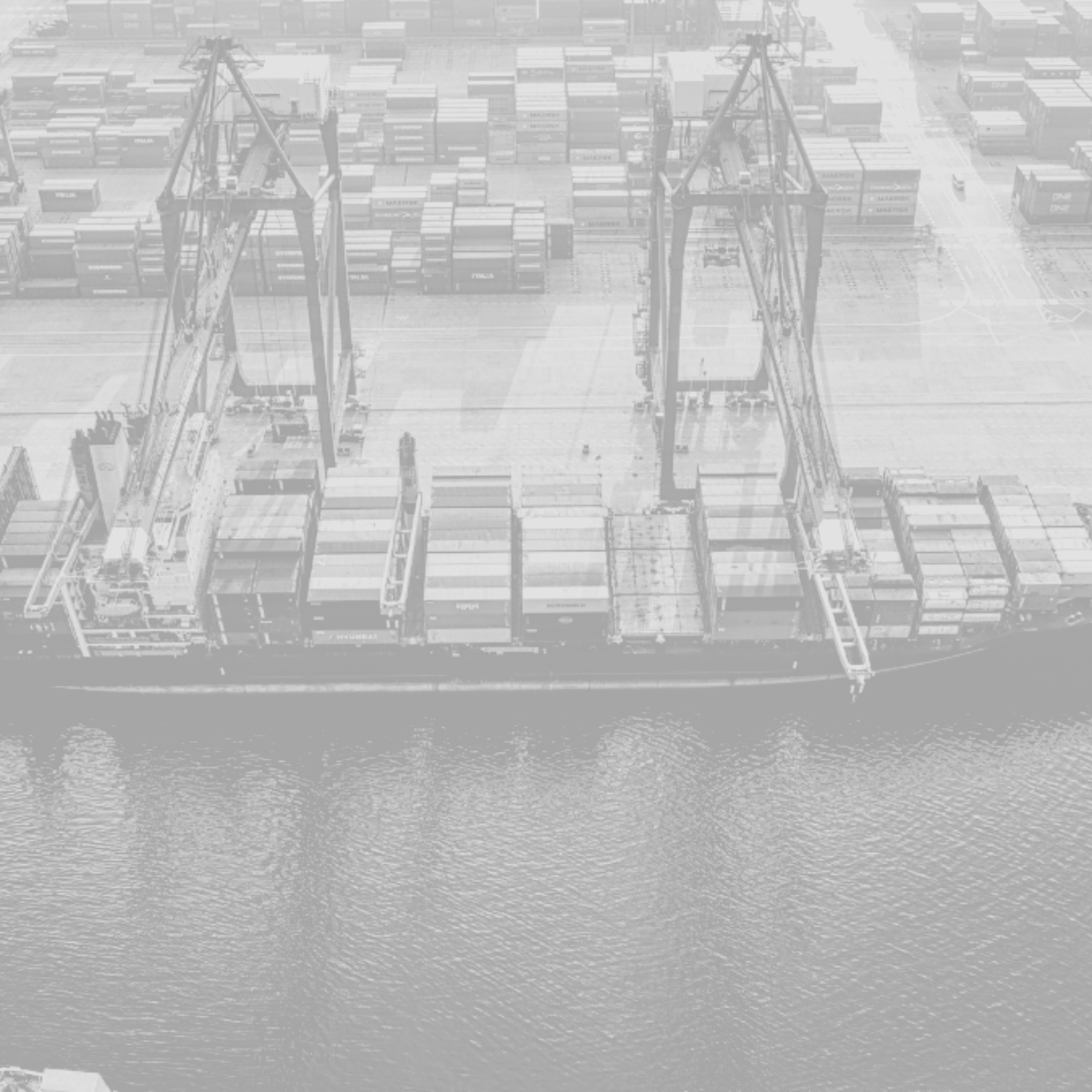TCO: transportation costs vs. capital costs, operating costs, CO2 and storage costs

More transparency in transportation planning and more generally in supply chain management provides a holistic view of costs. The total cost of ownership (TCO) is a financial estimate that helps companies understand the total cost of a product or system over its lifetime. It includes not only the direct costs, but also the ongoing costs of operating, maintaining and disposing of the product. In the context of supply chain management, TCO is a valuable tool for understanding the true costs of transportation and logistics and identifying opportunities to optimize these costs.
Transport optimization is about identifying and implementing cost-saving measures from a supply chain perspective for the entire flow of goods. A single parameter, such as the pure transportation costs of the freight forwarder, is not always decisive. Rather, a holistic view of indirect costs is required in order to take all relevant factors into account with regard to TCO. This can include the choice of the most efficient mode of transport, the materials to be transported or the optimization of routing and scheduling as well as the use of technologies to improve transparency and control.
One way to reduce total cost of ownership in transportation is through dynamic milk run planning or intermodal transportation, which combines different modes of transportation (e.g. rail, truck and ship) to move goods from A to B. This can be more cost-effective than using a single mode of transport, especially for long distances or large shipment volumes.
Another option is to optimize routing and scheduling. This can be done by using software to analyze data on past shipments, traffic patterns and other variables to determine the most efficient routes and schedules. Another option is to consolidate shipments or use just-in-time (JIT) deliveries to reduce the number of empty miles driven.
Technology can also play a role in transport optimization. For example, the use of GPS tracking and real-time tools can help companies monitor the location and status of their shipments so that they can make more informed decisions about routing and scheduling.
Ultimately, the goal of transportation optimization is to minimize overall transportation and logistics costs while meeting the needs of the business and its customers. By carefully analyzing and managing these costs, companies can improve their bottom line and remain competitive in today’s global marketplace.
With our optimization software, we offer a far-reaching TCO approach to any transportation planning. We ensure that the planner always keeps an eye on transportation costs vs. storage costs and capital commitment. This makes it possible to plan ahead for the coming week and significantly reduce costs by consolidating and bringing forward materials. Other process costs can also be individually added to the model, such as cross-docking costs, costs on arrival of a shipment, costs per loading unit, etc.
In addition, the analytics feature of our SaaS solution offers the option of breaking down costs even further, e.g. it is possible to drill down to supplier, route, transport tariff or even material level. This makes analytical data available that can also significantly influence future supply chain strategies by providing a refined basis for decision-making.
Finally, a concise example of optimization with TCO from Yanfeng, one of the largest automotive interior manufacturers: In inbound control, by smartly bringing forward demands in MRP under range control per material and full 3D loading of each truck and sea freight transport, 21.3% more capacity utilization was achieved through transport-optimized delivery schedules. This means that only 4 instead of 5 transports are required to deliver raw materials.